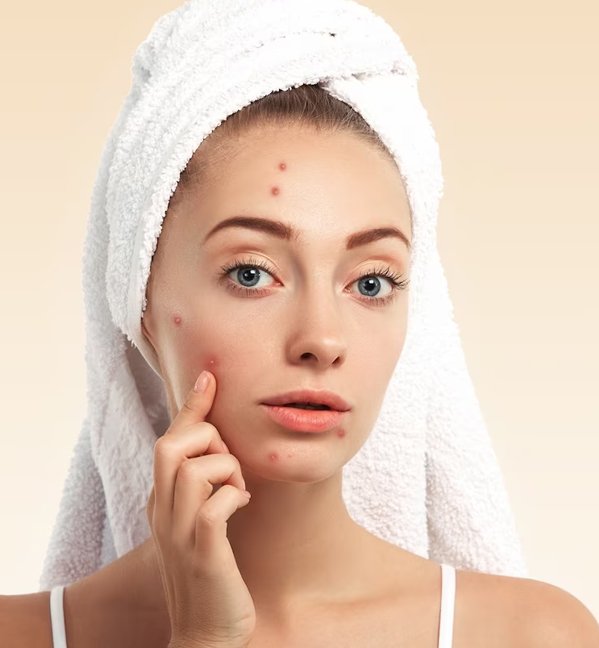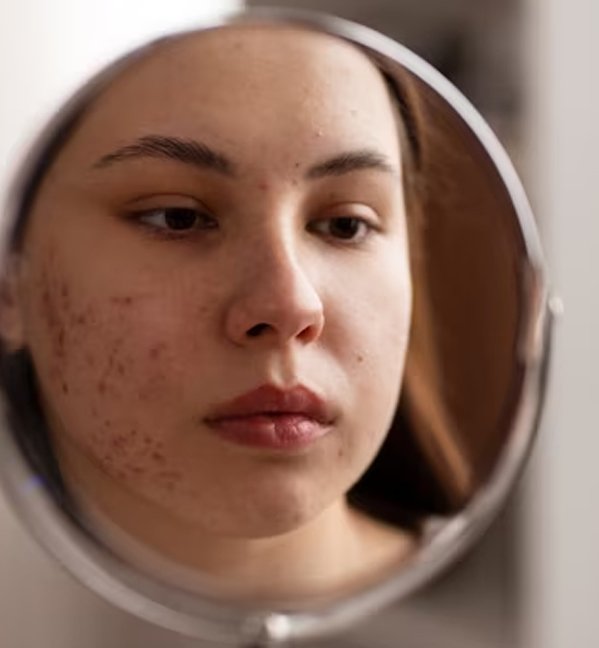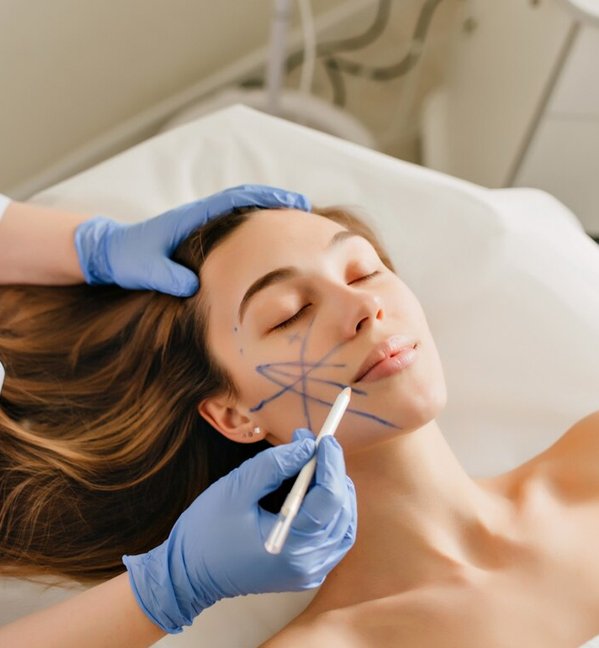Our Services
Pigmentation Treatments

Pigmentation Treatments In Delhi
Pigmentation refers to the presence of dark or light patches or spots on the skin, which can vary in intensity based on the surrounding skin tone. These spots or patches can occur anywhere on the body and may result from factors such as sun exposure and hormonal changes. While pigmentation can be a cosmetic concern, there are various treatment options available to address this issue effectively.

Causes of Pigmentation
Pigmentation can develop as a result of various factors, including:
Exposure to UV rays: Sun exposure can lead to pigmentation issues in the skin.
Hormonal changes: Pigmentation may occur during pregnancy or due to the use of birth control pills, as hormonal fluctuations can contribute to this condition.
Genetic predisposition: Some individuals may be genetically more prone to pigmentation concerns.
Inflammation: Skin conditions like acne or eczema, which involve inflammation, can lead to pigmentation problems.
Medical conditions: Certain medical conditions such as hemochromatosis can also contribute to pigmentation changes in the body.


Types of Pigmentation Treatment
- Topical creams, gels, or lotions containing retinoids or azelaic acid can inhibit melanin production, reducing pigmentation.
- Chemical peels involve applying a solution to peel off the top skin layer, improving skin tone and reducing pigmentation.
- Laser treatment uses light pulses to target and break down pigmented skin cells.
- Microdermabrasion exfoliates the skin’s top layer, reducing the appearance of pigmentation.

Pre-Treatment Process of Pigmentation
- Consult your skincare specialist to determine the right treatment based on your pigmentation type and severity.
- Prior to treatment, avoid sun exposure for a minimum of two weeks.
- Stop using skin-lightening or bleaching products a few days before your treatment.
- Discontinue retinol or vitamin A creams for a few days prior to your treatment.
- Refrain from tweezing or waxing the treatment area in the days leading up to your appointment.
- Inform your doctor about any medications you are currently taking.


Ideal Candidate for Pigmentation Treatment
You may qualify as an ideal candidate for pigmentation treatment if you are in good health and fully comprehend the associated risks and complications. Adherence to both pre and post-treatment guidelines is essential. Your skin type and tone do not necessarily impact the suitability of a particular treatment. Consulting with a dermatologist is advisable to determine the most suitable treatment plan.

Post-Treatment Care
- Stay out of direct sunlight for several days and apply high-quality sunscreen.
- Keep the treated area clean and dry, avoiding harsh soaps or scrubbing.
- Refrain from using makeup or other products on the treated area for 24 to 48 hours.
- Maintain regular moisturization to prevent dryness.
- Limit smoking and alcohol intake, as they can impede healing.
- Adhere to the dermatologist’s specific post-treatment instructions for optimal results.


Cost of Pigmentaion Treatment
The cost of treatment varies by type:
- Chemical peels: INR 2,500 to 5,000 per session.
- Laser therapy: INR 3,000 to 15,000 per session.
- Microdermabrasion: INR 1,500 to 3,000 per session.
- Topical treatments: INR 500 to 2,000 monthly. Please consult your doctor for an accurate estimate.
Types of Pigmentations
Freckles
Freckles, often referred to as ephelides, represent a form of pigmentation found in people with lighter skin tones, resulting from recurrent exposure to sunlight.
Solar lentigines
Liver spots, also known as sunspots or age spots, are flat, pigmentation marks typically developing on the skin due to prolonged UV sunlight exposure.
Melasma
Chloasma, commonly referred to as melasma, is a skin condition primarily impacting women, with its precise causes yet to be completely comprehended.
Post-inflammatory hyperpigmentation
Pigmentation issues can arise as a result of skin injuries caused by conditions like acne, burns, friction, or clinical treatments such as peels, laser procedures, and IPL (Intense Pulsed Light) therapy.
Faq
You have questions we have answers
Pigmentation is a gradual occurrence resulting from diverse factors like sun exposure, chemical reactions, skin burns, acne, stress, and hormonal shifts.
Treatment methods vary depending on the causes and skin types. Laser therapy uses targeted light pulses to disrupt pigmented cells, while microdermabrasion involves exfoliating the top skin layer to reduce pigmentation.
Tattoo removal motivations differ from person to person. Common reasons include changing personal taste, regret over impulsive decisions, the wish to erase symbols linked to past relationships, career-related concerns, or compliance with workplace regulations.
